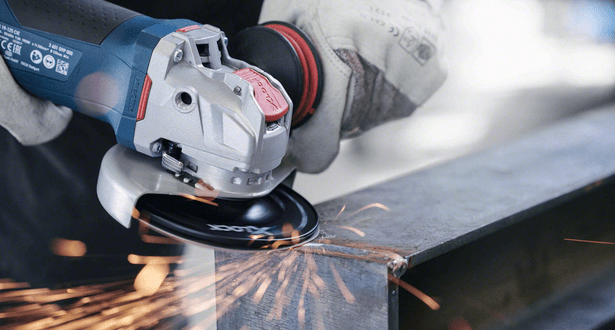In the realm of abrasive product, resin fiber discs stand as stalwart companions, serving a myriad of applications, from metalworking to woodworking. These discs, with their reinforced fiber backing and resin-bonded abrasive grains, are designed for precision, efficiency, and durability. However, to unlock their full potential and ensure a prolonged operational life, meticulous attention must be given to their storage and handling. In this comprehensive guide, we will delve into the intricacies of resin fiber discs, exploring the best practices for their storage and handling to optimize performance and longevity.
What Are Resin Fiber Discs?
Resin fiber discs are indispensable tools in various industries, renowned for their versatility in material removal, blending, and finishing applications. The composition of these discs, featuring a robust fiber backing and abrasive grains bonded with resin, enables them to withstand high-speed operations and deliver consistent results. Available in a range of grit sizes and materials, resin fiber discs cater to diverse tasks in metal fabrication, woodworking, and other precision industries.
The Importance of Proper Storage:
- Climate Control:
Resin fiber discs are sensitive to environmental conditions, and their performance can be significantly affected by temperature and humidity fluctuations. Storing these discs in a climate-controlled environment within the recommended temperature range is crucial. Extreme temperatures can compromise the resin bonding and backing material, leading to diminished performance.
- Dry Storage:
Moisture, a common adversary for all types of grinding discs, poses a particular threat to resin-bonded discs. Exposure to humidity can degrade the adhesive properties of the resin, resulting in premature failure during use. Therefore, it is imperative to store resin fiber discs in dry conditions, preferably in well-ventilated areas. In instances where discs come into contact with water, thorough drying before use is essential.
- Avoiding Contamination:
Resin fiber discs should be stored away from chemicals, solvents, and any substances that might compromise their structural integrity. Contaminants can adversely affect the bonding agent, leading to reduced performance and potential safety hazards. A designated storage area free from such contaminants is ideal.
- Proper Labeling:
Organizing and clearly labeling storage areas for resin fiber discs facilitate easy identification of grit sizes, materials, and intended applications. This organizational strategy streamlines the selection process, preventing errors and optimizing operational efficiency. Well-labeled storage ensures that users can quickly access the right discs for specific tasks.
Best Practices for Handling Resin Fiber Discs:
- Inspecting for Damage:
Before use, a thorough inspection of each resin fiber disc is paramount. Look for visible signs of damage, including cracks, chips, or irregularities. Discard any discs that show compromised integrity, as they pose safety risks and are unlikely to perform as intended. Regular inspection is a proactive measure to maintain a safe working environment.
- Proper Mounting:
Following manufacturer guidelines for mounting resin fiber discs is crucial. Ensure that the arbor size matches the disc and use appropriate mounting flanges. Improper mounting can lead to uneven wear, excessive vibration, and diminished efficiency. Properly mounted discs contribute to smoother operations and extended disc life.
- Correct Grit Selection:
The selection of the appropriate grit size is fundamental to achieving desired results. Using a grit that is too coarse for finishing work or too fine for material removal can lead to suboptimal performance and unnecessary wear on the disc. Refer to guidelines and charts provided by manufacturers to make informed decisions based on the task at hand.
- Maintaining Balanced Operations:
Imbalanced operations can have adverse effects on both the tool and the workpiece. Excessive vibration and premature wear on resin fiber discs can result from improper alignment of the workpiece, tool, and disc. Ensuring proper alignment promotes balanced and efficient performance, minimizing wear and tear on the disc.
- Optimal Pressure and Speed:
Applying excessive pressure or operating at extremely high speeds can lead to overheating and premature wear of resin fiber discs. Adhering to manufacturer recommendations for pressure and speed settings is crucial. These recommendations are designed to deliver the best results while preserving the integrity of the disc and prolonging its operational life.
Conclusion:
As a key player in the realm of abrasive products, resin fiber discs, with their ability to deliver precision and efficiency, are indispensable tools in industries demanding high-performance abrasives. The careful consideration of storage and handling practices is essential for professionals seeking to maximize the efficiency and longevity of these discs. By implementing the guidelines outlined in this comprehensive guide, users can ensure that their resin fiber discs consistently deliver optimal results, maintain safety standards, and prove to be cost-effective tools in the long run. As industries continue to evolve, the emphasis on proper storage and handling practices becomes increasingly critical for those relying on resin fiber discs for their abrasive needs.


